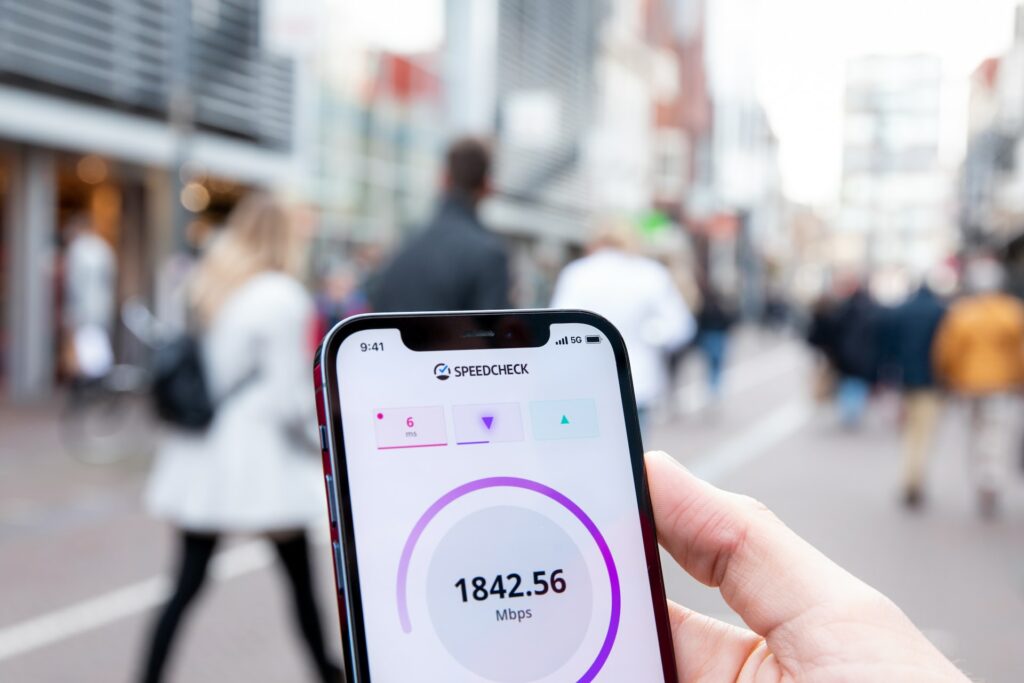In today’s digital age, the internet is an essential part of our lives. It has transformed the way we live, work, and communicate with others. From streaming videos and playing online games to online shopping and social media, the internet has become an integral part of our daily routine. Many companies like Straight Talk have started offering Straight Talk 5G APN settings to make your internet even very fast. However, not everyone has access to high-speed internet, and there are still countries where the internet speed is slow. In this article, we will explore which country has the slowest internet speed in the world.
Internet Speed and Its Importance
Internet speed is a critical factor when it comes to using the internet. It determines how fast data is transferred from one device to another, how quickly web pages load, and how smooth streaming videos are. Slow internet speed can cause frustration, especially when performing tasks that require high-speed internet, such as video conferencing or online gaming.
Factors Affecting Internet Speed
There are several factors that can affect internet speed, such as the location, the type of connection, and the number of users on the network. Countries with slow internet speeds usually lack the necessary infrastructure to support high-speed internet, such as fiber-optic cables or 4G/LTE networks.
Which Country has the Slowest Internet Speed?
According to the Speedtest Global Index, as of January 2023, the country with the slowest internet speed in the world is Yemen. Yemen has an average download speed of 0.68 Mbps and an average upload speed of 0.63 Mbps. This means that it takes around 30 minutes to download a 1GB file and around 45 minutes to upload it.
Reasons for Slow Internet Speed in Yemen
Yemen has been experiencing a prolonged conflict that has disrupted the country’s infrastructure, including its telecommunication and internet networks. The ongoing conflict has limited the availability of essential resources and has led to a shortage of electricity and fuel, making it challenging to maintain a reliable internet network. Moreover, the lack of investment in the country’s internet infrastructure and the poor economic situation of the country have also contributed to the slow internet speed.
Apart from Yemen, there are several other countries that have slow internet speeds. Some of these countries are Syria, Venezuela, Turkmenistan, Afghanistan, and Eritrea. Eritrea is another African country that is known for having slow internet speeds due to its lack of investment in internet infrastructure. Its average download speed is just 0.92 Mbps, which is significantly slower than the global average. The country has limited access to the internet, and the government heavily regulates online content, which contributes to the slow internet speed. Additionally, the country’s political and economic instability has also hindered the development of its internet infrastructure.
Myanmar is another country that has struggled with slow internet speeds. Its average download speed is just 5.22 Mbps, which is lower than the global average. The country’s military coup in 2021 further disrupted the country’s telecommunications infrastructure, which has only added to the existing problems with internet speeds. Inadequate infrastructure, censorship, and lack of competition are among the major challenges that Myanmar is facing in its efforts to improve its internet speeds.
Other countries with slow internet speeds include Libya, Sudan, and Algeria. These countries also face similar challenges, such as limited investment in internet infrastructure, political instability, and economic crises.
In conclusion, slow internet speeds remain a challenge for several countries around the world. Access to high-speed internet is essential in today’s digital age and plays a critical role in education, communication, and economic growth. Governments and telecommunication companies need to invest in internet infrastructure and work together to increase access to high-speed internet. By doing so, these countries can improve their internet speeds and ensure that their citizens have access to the benefits of high-speed internet.
Other Countries with Slow Internet Speed
Syria: Syria has an average download speed of 2.13 Mbps and an average upload speed of 1.15 Mbps. The ongoing civil war has severely impacted the country’s internet infrastructure, making it challenging to maintain a reliable and high-speed network.
Venezuela: Venezuela has an average download speed of 2.71 Mbps and an average upload speed of 1.24 Mbps. The country’s economic crisis has limited investment in its internet infrastructure, leading to slow internet speeds.
Turkmenistan: Turkmenistan has an average download speed of 3.35 Mbps and an average upload speed of 1.46 Mbps. The country has a state-run internet service provider, which limits competition and investment in the country’s internet infrastructure.
Afghanistan: Afghanistan has an average download speed of 3.43 Mbps and an average upload speed of 2.04 Mbps. The ongoing conflict in the country has disrupted the country’s internet infrastructure, leading to slow internet speeds. However, companies like Airtel has started providing Airtel internet settings for its users to make network speed better.
Conclusion
Access to high-speed internet is essential for economic growth, education, and communication in today’s digital age. Unfortunately, not everyone has access to high-speed internet, and some countries have slower internet speeds than others. Yemen is currently the country with the slowest internet speed in the world, with an average download speed of 0.68 Mbps and an average upload speed of 0.63 Mbps. The ongoing conflict and the lack of investment in the country’s internet infrastructure have contributed to the slow internet speed in Yemen.
Photo by Frederik Lipfert on Unsplash



